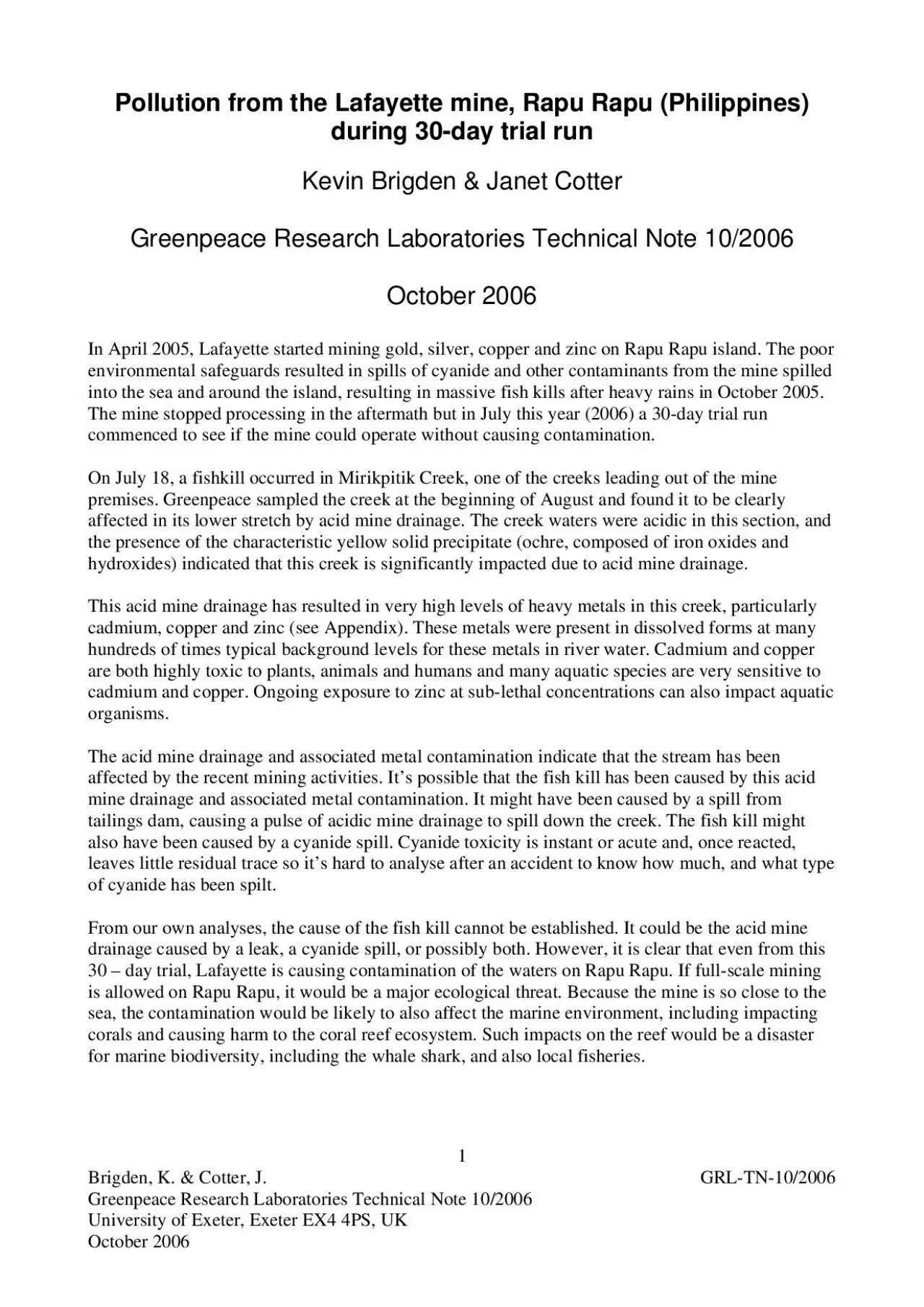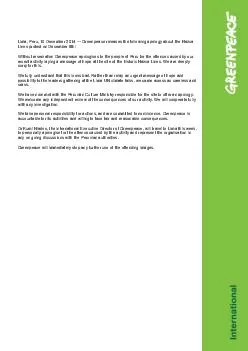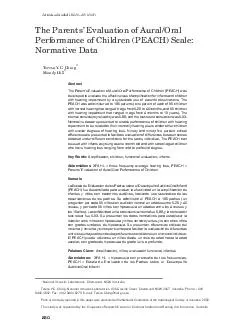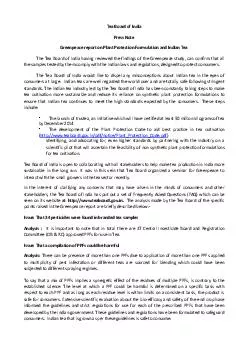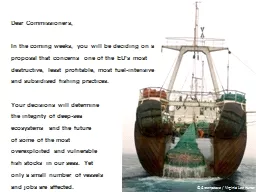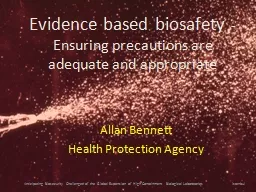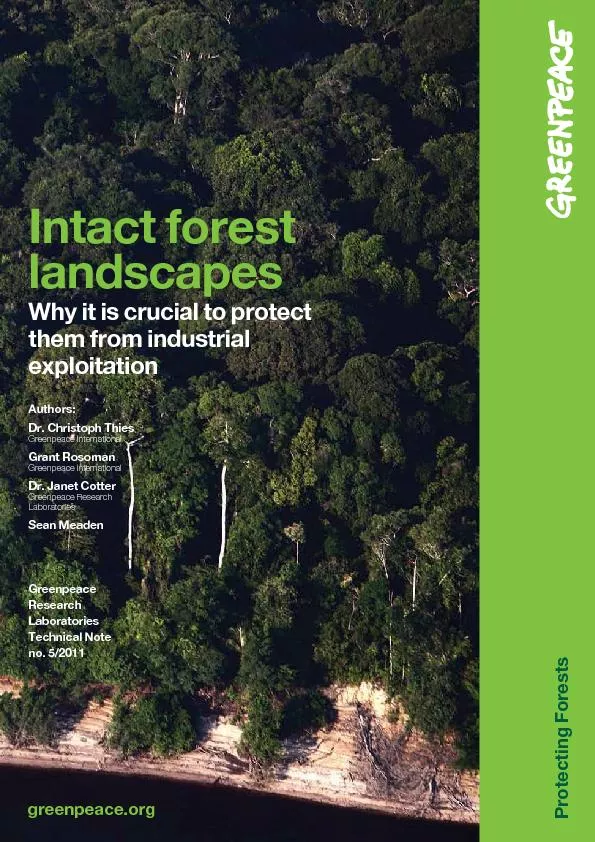PDF-Brigden K Cotter J GRLTN102006 Greenpeace Research Laboratories T
Author : alis | Published Date : 2021-08-04
GRLTN102006 Analysis of samples of water collected from creeks in the vicinity of the Two samples of waters were collected from Miof the Lafayette mine site on the
Presentation Embed Code
Download Presentation
Download Presentation The PPT/PDF document "Brigden K Cotter J GRLTN102006 Greenpe..." is the property of its rightful owner. Permission is granted to download and print the materials on this website for personal, non-commercial use only, and to display it on your personal computer provided you do not modify the materials and that you retain all copyright notices contained in the materials. By downloading content from our website, you accept the terms of this agreement.
Brigden K Cotter J GRLTN102006 Greenpeace Research Laboratories T: Transcript
Download Rules Of Document
"Brigden K Cotter J GRLTN102006 Greenpeace Research Laboratories T"The content belongs to its owner. You may download and print it for personal use, without modification, and keep all copyright notices. By downloading, you agree to these terms.
Related Documents

